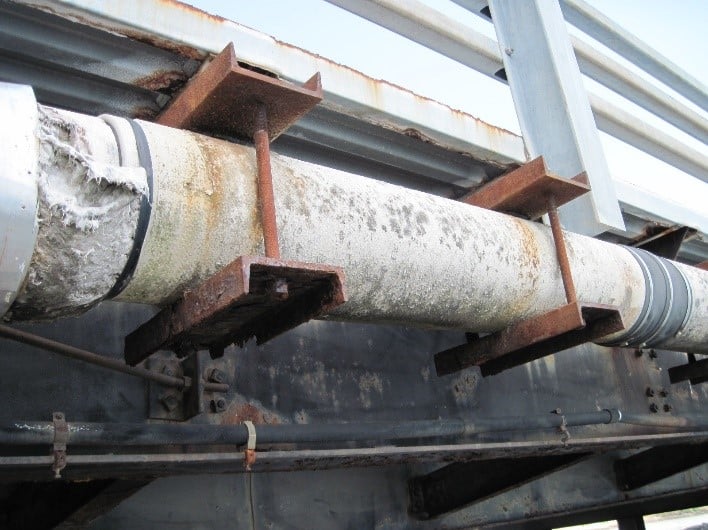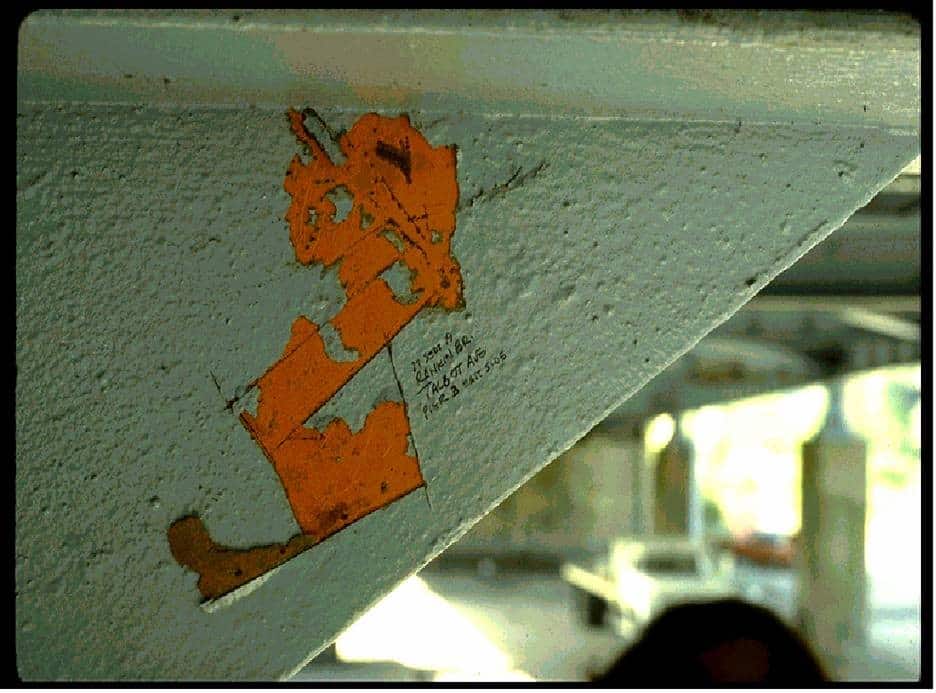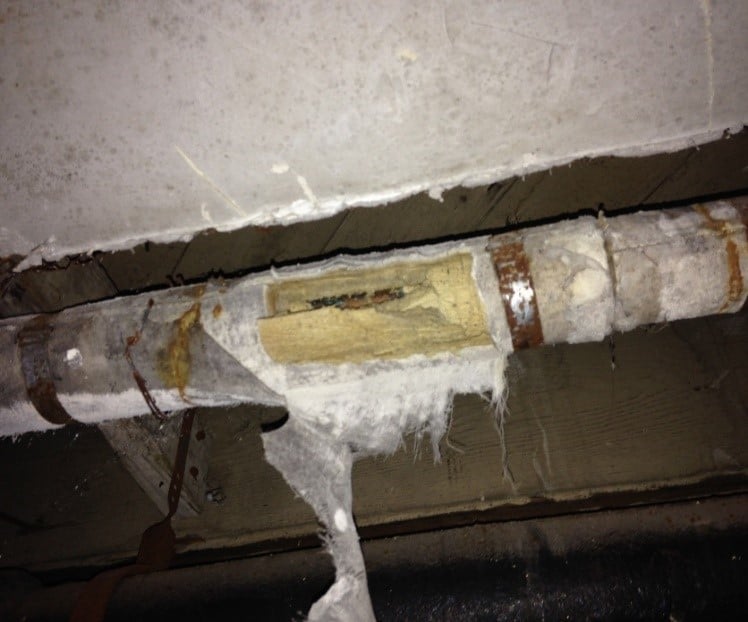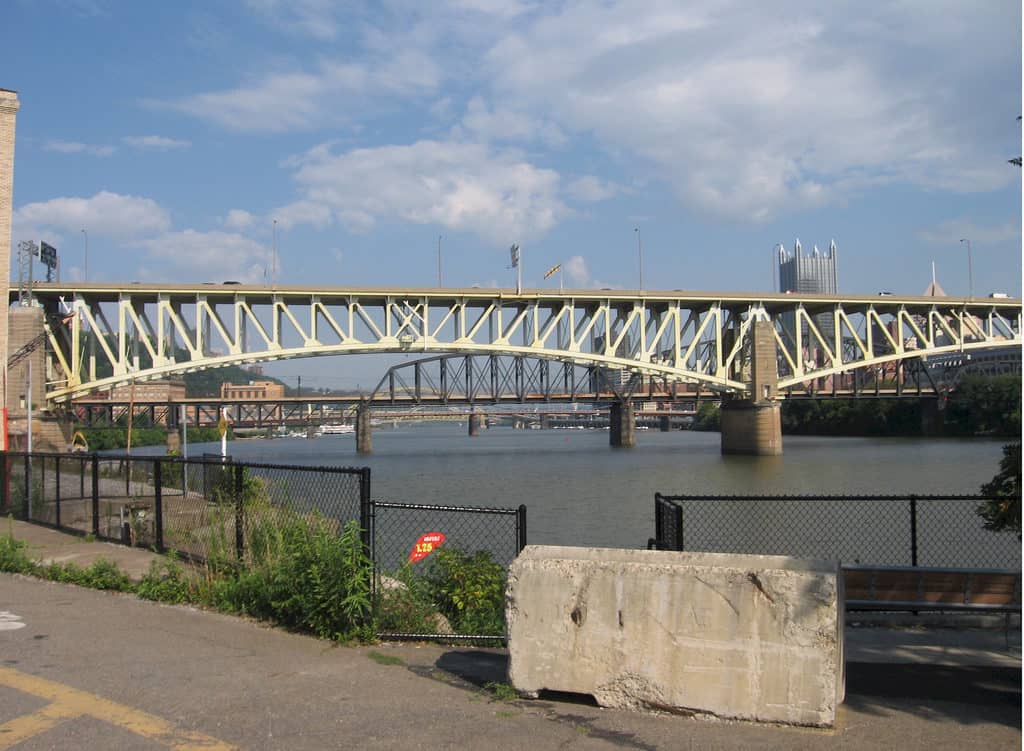Disturbing Asbestos Containing Materials on Bridge Structures
Introduction Because of its properties, asbestos was a widely used raw material, primarily in the commercial building and automotive industries. In the commercial building industry, asbestos could be found in vinyl floor tile and the associated mastic, thermal system insulation, roofing materials, ceiling and wall plasters, and fireproofing. In the automotive industry, asbestos was commonly […]
Disturbing Asbestos Containing Materials on Bridge Structures Read More »









